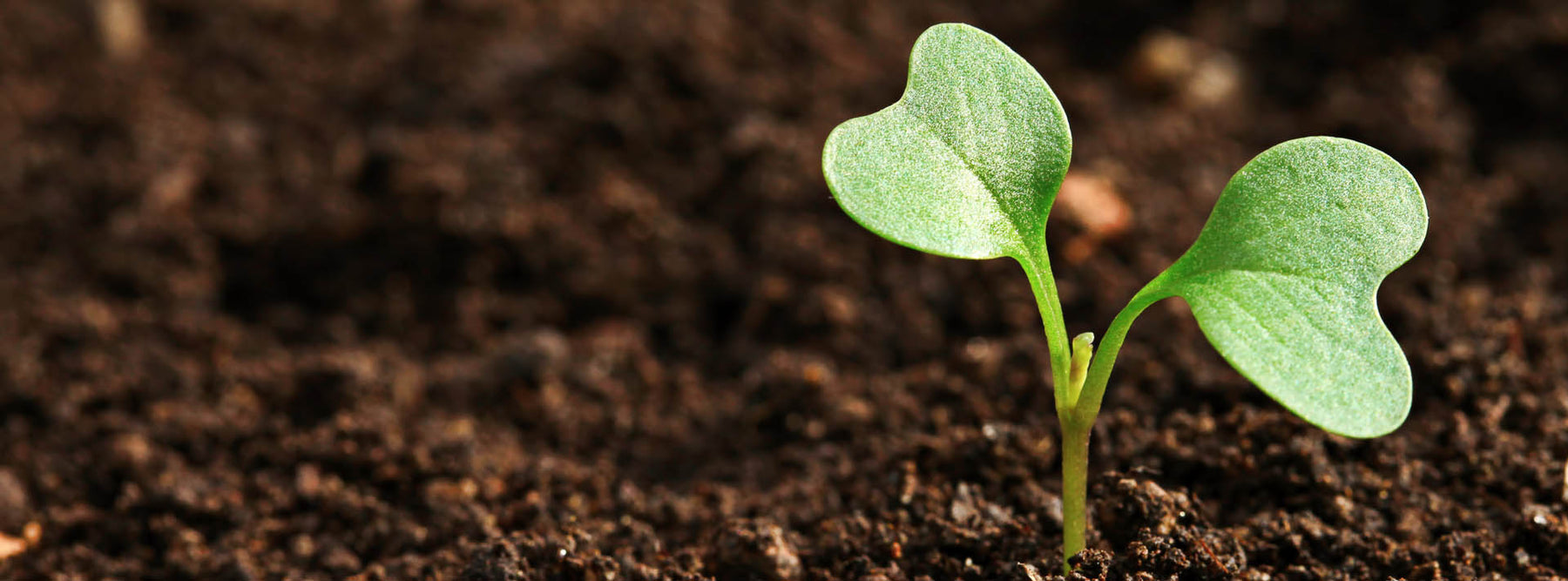
Understanding Your Soil and How to Amend It
Understanding Your Soil and How to Amend It
Soil is the foundation of any garden or landscape. It provides the nutrients and water that plants need to grow. However, not all soil is created equal. Different types of soil have different properties, and understanding these properties can help you create the perfect environment for your plants. In this blog post, we will discuss how to identify your soil type and how to amend it to improve its quality.
Identifying Your Soil Type
Soil is made up of different components of various sizes. These components can be relatively large, as is the case with sand, or very small, such as clay. There are three main particles that determine the texture of your soil: sand, clay, and silt.
- Sand is the largest or most “coarse” particle in soil. It does not hold much water or many nutrients but is excellent for aeration.
- Clay is the smallest or most “fine” particle in soil. It holds a lot of water and nutrients but is so dense that it can restrict root growth and become oversaturated.
- Silt is a medium-sized particle that possesses properties that are an ideal balance between sand and clay. Silt retains water and nutrients while still allowing for good drainage.
In addition to these, there's another type of soil that gardeners often strive for - loam. Loam is an equal mix of sand, silt, and clay. It combines the beneficial properties of all three, providing a balanced structure that is well-draining but also retains moisture and nutrients. Loamy soil is ideal for most plants because it allows roots to spread, contains necessary nutrients, and permits excess water to drain away, preventing water-logging.
To determine your soil texture, you can perform a simple jar test at home. Fill a clean glass jar one-third with your native soil (remove any larger twigs or rocks first). Then, fill the rest of the jar with water and a few drops of dish soap. Shake the jar vigorously for three minutes, then let it rest undisturbed for 24 hours. After this time, you will notice that three distinct layers have formed. The bottom-most layer is the larger sand particles, followed by silt in the middle and clay on top. Observing the relative depths of each layer will tell you the primary components of your native soil.
Amending Your Soil
Once you've identified your soil type, you can begin to amend it to improve its quality. A soil amendment is any material added to soil to improve its physical properties, such as water retention, permeability, water infiltration, drainage, aeration, and structure. The goal is to provide a better environment for roots.
There are two broad categories of soil amendments: organic and inorganic. Organic amendments come from something that was alive. Inorganic amendments, on the other hand, are either mined or manufactured. Organic amendments include sphagnum peat, wood chips, grass clippings, straw, compost, manure, biosolids, sawdust, and wood ash. Inorganic amendments include vermiculite, perlite, tire chunks, pea gravel, and sand.
When amending sandy soils, the goal is to increase the soil’s ability to hold moisture and store nutrients. To achieve this, use organic amendments that are well decomposed, like composts, peat, or aged manures.
With clay soils, the goal is to improve soil aggregation, increase porosity and permeability, and improve aeration and drainage. Fibrous amendments like peat, wood chips, tree bark, or straw are most effective in this situation.
Over time, the continual addition of amendments will improve your native soil. Some, like inorganic perlite and vermiculite, will remain in your soil for longer as they do not decompose rapidly. Others, like compost, you will want to replenish yearly, as the nutrients it contains are absorbed.
Remember, amending your soil is not a one-time task. It's an ongoing process that requires patience and persistence. But with time and effort, you can improve the quality of your soil, leading to healthier, more vibrant plants.
In conclusion, understanding your soil type and knowing how to amend it are essential skills for any gardener. By taking the time to learn about your soil, you can create the perfect environment for your plants to thrive. Happy gardening!
Please note that this is a general guide and may need to be adjusted based on your specific circumstances and location. Always follow local guidelines and regulations when applying fertilisers.

Leave a comment